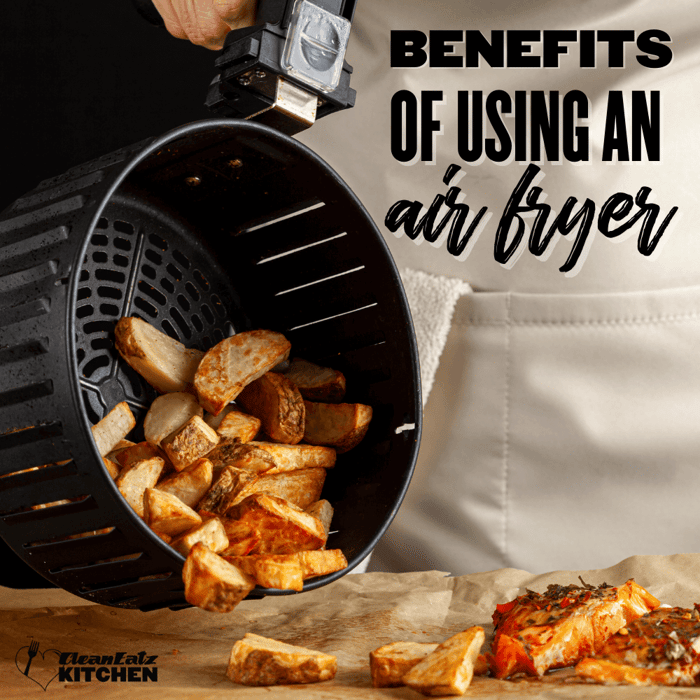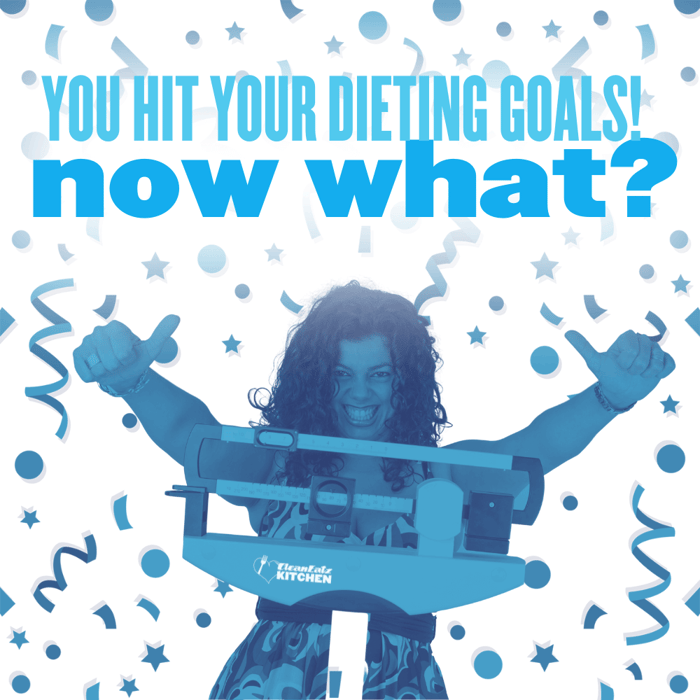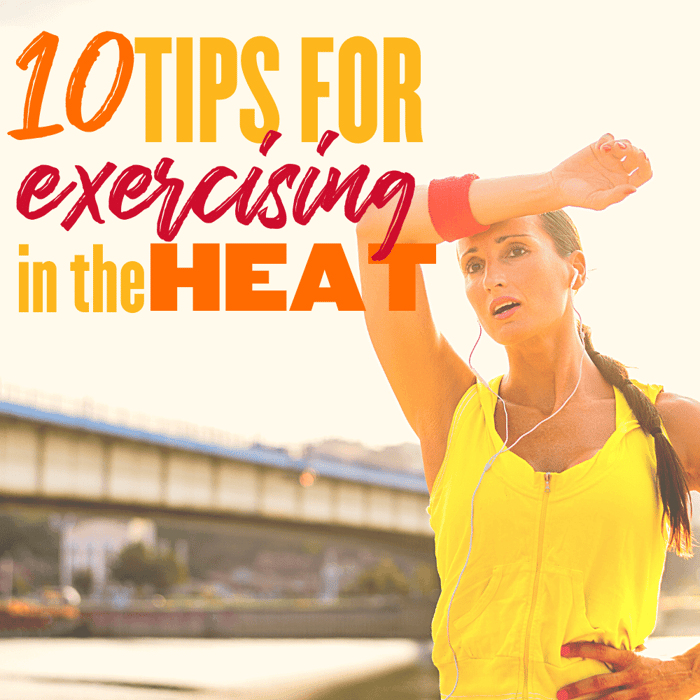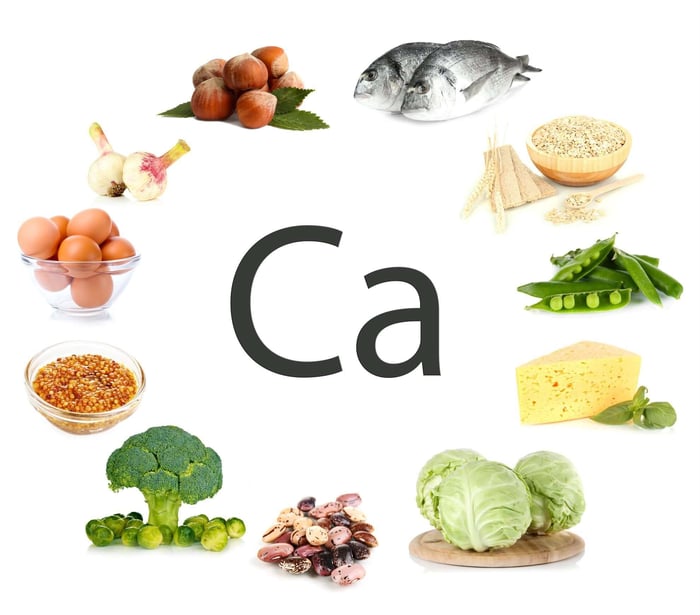Last updated: September 22, 2025
Are Air Fryers Healthy and Worth It? Benefits, Tips & Time Conversions
Answer: An air fryer is a compact convection oven that delivers crispy food with little oil, cooks 20–30% faster than many ovens, reheats leftovers beautifully, and is easy to clean. It won’t make ultra-processed foods “healthy,” but it helps you cook more protein and veggies with fewer calories and less mess.
- Less oil, same crunch: Spray or toss with 1–2 tsp oil; skip deep frying.
- Faster & convenient: Little/no preheat; great for 1–4 servings.
- Great for meal prep: Batch protein + veggies fast; reheat stays crispy.
- Crisp leftovers: Pizza, fries, wings re-crisp in minutes.
- Healthier defaults: Makes protein + veg the easy choice (see links below).
What Are the Real Benefits vs. Oven or Deep Fryer?
- Less oil than deep frying: Use a light spray/toss instead of cups of oil—easier to stay in a calorie deficit.
- Faster than many ovens: Smaller chamber + strong fan → quicker heat transfer; little/no preheat for small batches.
- Crispier than microwaves: Revives texture on leftovers (pizza, fries, breaded items) in 3–6 minutes.
- Small-batch efficiency: Ideal for 1–4 servings—no need to heat the big oven.
- Less mess & smell: No vat of hot oil; baskets and trays pop out for washing.
Is Air Frying Healthy? How Much Oil Should I Use?
Air frying is a cooking method; health depends on what you cook and your portions. For weight loss or maintenance:
- Oil: Most foods crisp with 1–2 tsp oil per serving (use a mister). Pat very fatty meats dry instead of adding oil.
- Protein first: Build meals around 25–40 g protein—use our Protein Calculator.
- Veg volume: Non-starchy veggies air-fry beautifully (broccoli, green beans, Brussels sprouts, carrots, peppers).
- Watch sodium & breading: Many frozen items are salty and breaded; balance with plain proteins/veg.
Quick-Start: Temps, Times & Crisping Tips
- Don’t overload. Single layer with some space = browning. Shake/flip halfway.
- Dry → oil → season. Pat food dry, mist 1–2 tsp oil, then season. Too much oil steams.
- Use perforated parchment or a rack to keep bottoms crisp and cleanup easy.
- Preheat? Optional. Preheat 2–3 min for breaded foods or max crisp.
- Finish high. Last 1–2 minutes at +25°F can lock in crunch.
Air Fryer Time & Temperature Conversions
Appliances vary. Start here, then check early the first time you cook it.
| If a recipe says (oven) | Try in air fryer | Notes |
|---|---|---|
| 400°F for 20 min | 375°F for 12–16 min | Check at 12; shake/flip halfway |
| 425°F for 25 min | 390–400°F for 15–18 min | Use rack/perf parchment |
| 350°F for 30 min | 325–330°F for 20–24 min | Lower temp for thick items |
Rule of thumb: Reduce oven temp by ~25°F and time by 20–30%. For breaded/frozen items, keep temp higher; for thick proteins, lower temp slightly and extend time.
Easy High-Protein Meal Ideas
- Chicken breast (5–6 oz): 370–380°F, 12–16 min, flip at 8; rest 3 min. Pair with air-fried green beans + small potato.
- Salmon (fillet, skin-on): 375°F, 8–11 min; finish 1–2 min at 400°F for crisp skin. See our salmon guide.
- Shrimp (large, peeled): 390°F, 5–7 min with paprika/garlic; toss with lemon. See shrimp guide.
- Tofu (extra-firm, cubed): 380°F, 12–15 min; toss with 1–2 tsp oil + cornstarch + spices.
- Veggies: Broccoli or Brussels 375–390°F, 10–14 min; shake halfway and finish with balsamic or hot honey.
- Leftovers: Pizza or fries 360–380°F, 3–6 min. No microwave sogginess.
Busy week? Keep CEK High-Protein Box meals on hand and add a quick air-fried veg side to round out the plate.
Cleanup, Safety & Common Mistakes
| Mistake | What happens | Easy fix |
|---|---|---|
| Basket overcrowded | Steams, no browning | Cook in batches; shake/flip for airflow |
| No oil at all | Dry, dusty breading | Mist lightly: 1–2 tsp oil total |
| Wet batters | Drips, sticks | Use dry breading or par-bake before air fry |
| Greasy smoke | Burnt smell | Clean tray; line with parchment; avoid excess marinade/oil pooling |
| Using only frozen, breaded foods | High sodium/calories | Balance with fresh proteins/veg most days |
Cleanup: Cool, then wash basket/trays after each use. If dishwasher-safe, top rack. Wipe heating area when cool. Avoid aerosol propellants that can damage nonstick—use a refillable mister.
What Size/Features Should I Buy?
- Capacity: 4–6 qt suits 1–3 people; 8–10 qt or oven-style is better for families/batch cooking.
- Design: Basket models brown fast; oven-style fits sheet-pan meals and multiple racks.
- Useful features: Dual-zone (cook two foods), probe thermometer, dehydrate, reheat, easy-clean trays.
Related CEK Tools, Guides & Meals
- Calculators: Calories • Protein • Weight-Loss %
- Guides: Healthy Dinner Recipes • Healthy Snacks • Carb Basics
- Meals: High-Protein Box • Build-a-Meal Plan • Weight-Loss Meal Plan
FAQs
Do air fryers use less electricity than ovens?
For small batches, yes in practice: they cook faster and heat a smaller space. For large meals, a full oven may be more efficient. Size meals to the appliance.
Do I need to preheat an air fryer?
Not always. Preheat 2–3 minutes for breaded foods and max crisp; skip it for most proteins and veggies to save time.
Can I cook from frozen?
Yes—add a few minutes and shake/flip. Blot moisture from the surface for better browning, and avoid thick wet batters.
Is air frying healthier than deep frying?
Usually, because it uses far less oil. Still focus on whole foods, sensible portions, and balanced plates.
Why isn’t my food crispy?
Likely overcrowding or too little oil. Spread out, shake/flip, mist lightly, and finish 1–2 minutes hotter.
Disclaimer: General cooking and nutrition guidance, not medical advice. Adjust portions to your goals and consult a clinician for medical conditions.




